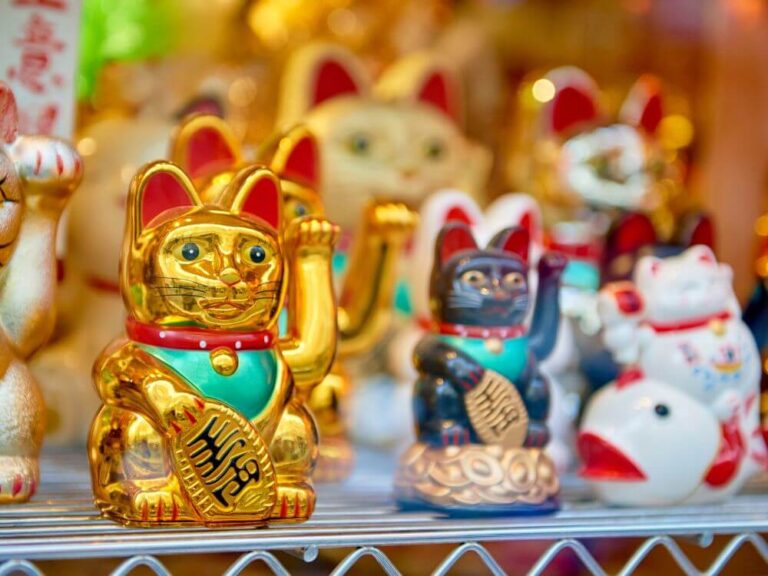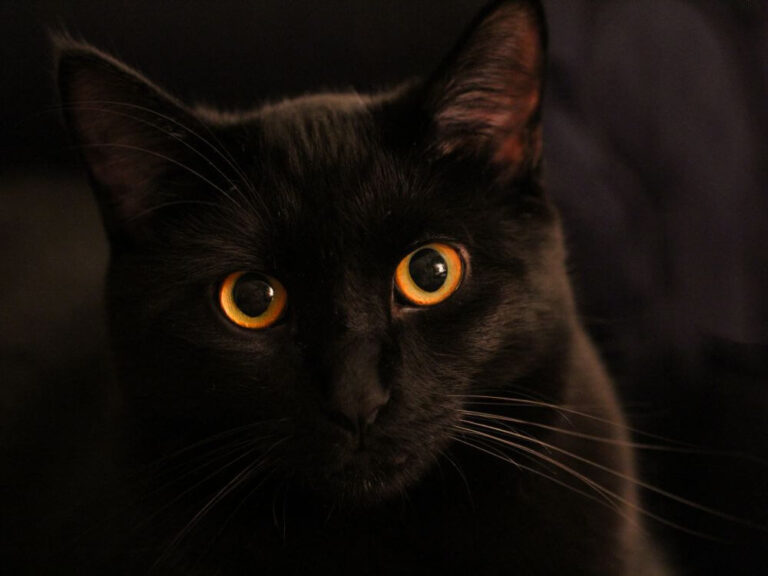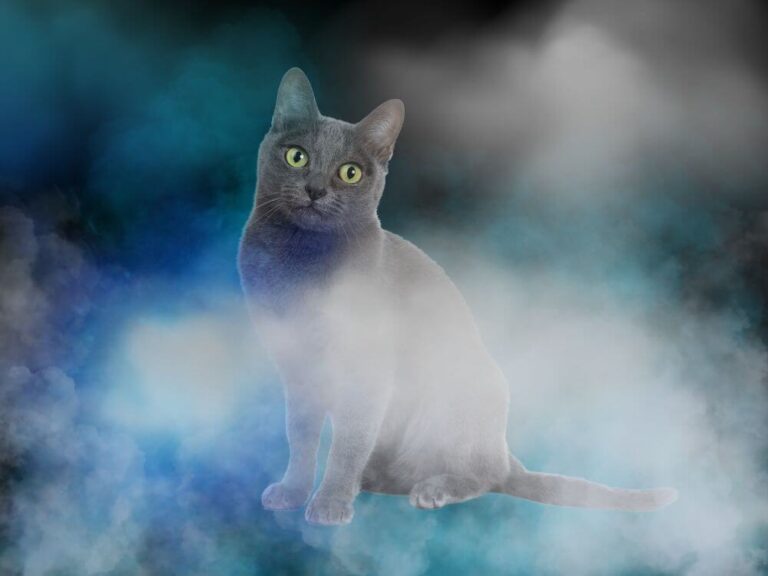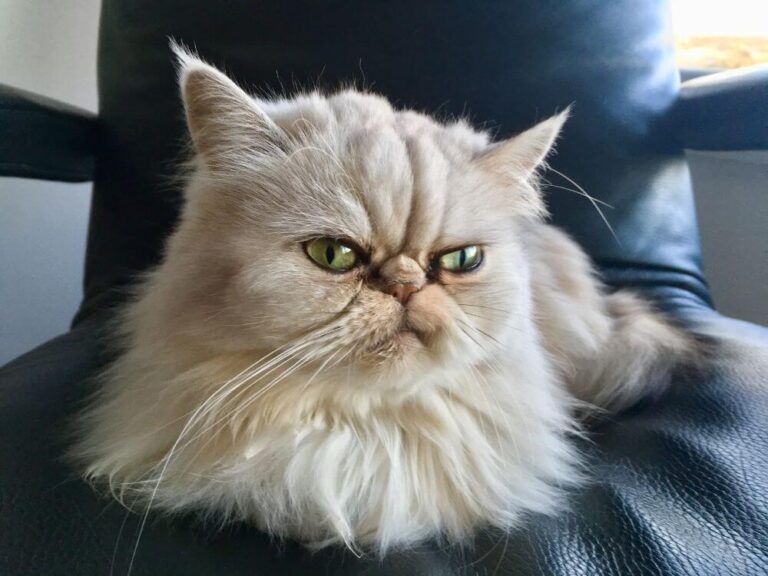Cats and Witchcraft: A Mysterious Bond Through the Ages
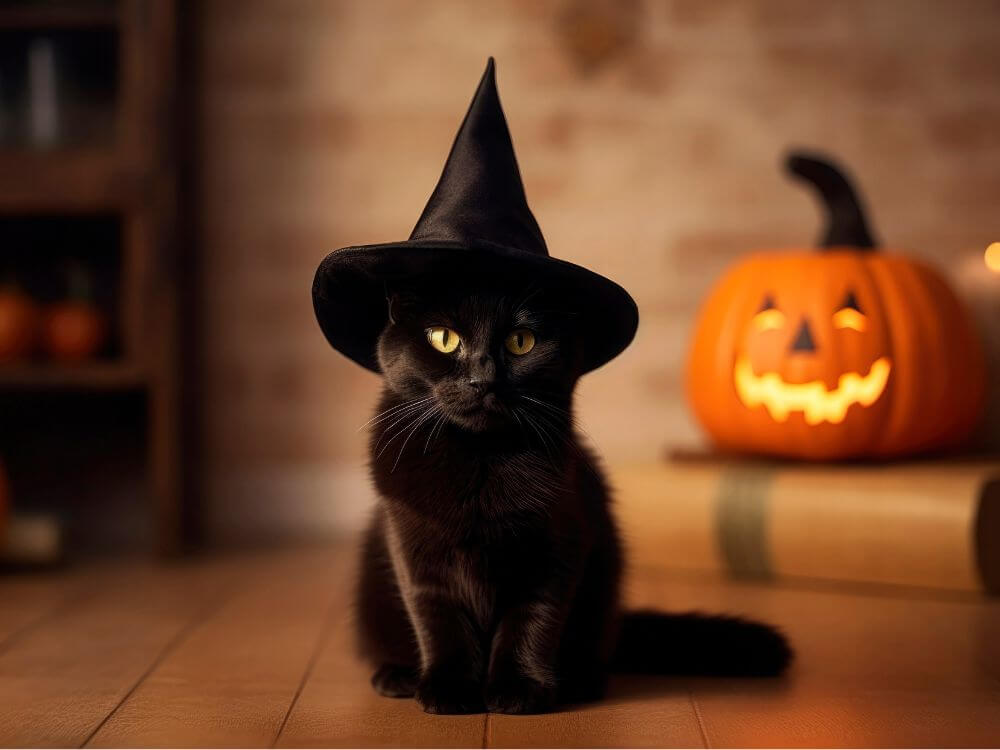
Cats have long been associated with magic, mystery, and the supernatural. Their sleek, nocturnal nature and enigmatic behavior have captivated human imagination for centuries. In particular, the connection between cats and witchcraft is deeply ingrained in various cultures around the world. This article delves into the fascinating relationship between cats and witchcraft, exploring their symbolic meanings, historical roles, and the enduring myths that surround them.
The Origins of the Cat-Witch Connection
The association between cats and witchcraft can be traced back to ancient civilizations. In ancient Egypt, cats were sacred animals, revered for their connection to the goddess Bastet, the deity of home, fertility, and protection. While the Egyptians saw cats as divine beings, their reverence eventually transformed into suspicion in other cultures as cats spread across the world.
By the Middle Ages, cats had become deeply linked with the dark arts. Their independent nature and ability to navigate the night made them appear otherworldly to people living in a time of superstition and fear. This fear was further fueled by the belief that cats, particularly black ones, were the companions or “familiars” of witches.
The Role of Cats as Familiars
In the lore of witchcraft, a familiar is a supernatural entity that assists witches in their magical practices. Familiars often took the form of animals, and cats were among the most common. These animals were believed to serve as extensions of the witch’s power, helping with spellcasting, divination, and even shape-shifting.
The black cat, in particular, became synonymous with witchcraft. Its association with the night and its perceived ability to move between worlds made it a perfect companion for witches. Many believed that witches could transform into cats to carry out their misdeeds unnoticed. This belief led to widespread persecution of both cats and those accused of witchcraft, particularly during the witch hunts of the late Middle Ages and early modern period.
Cats in European Witch Hunts
The fear of cats and their association with witches reached a peak during the European witch hunts. Between the 15th and 18th centuries, authorities accused and executed thousands of people, mostly women, for witchcraft. They often killed cats, especially black ones, alongside their owners. Authorities and villagers believed that these animals were either witches in disguise or demonic entities assisting in dark rituals.
One of the most infamous witch hunts occurred in Salem, Massachusetts, in 1692. Although the Salem witch trials primarily focused on the human accused, the fear of cats and their link to witchcraft was still prevalent. The idea that a black cat could be a witch in disguise or a harbinger of bad luck was deeply rooted in the community’s psyche.
Cats in Folklore and Superstition
Even outside of the witch hunts, cats remained steeped in folklore and superstition. In many European countries, it was believed that a black cat crossing your path was a bad omen, signaling misfortune or even death. This superstition likely arose from the cat’s association with witches and the devil.
In contrast, some cultures saw cats, even black ones, as symbols of good fortune. In ancient Scotland, people believed a black cat at your doorstep would bring prosperity. Similarly, in Japan, the “Maneki-Neko” or “beckoning cat” symbolizes good luck and fortune for its owner. These contrasting beliefs show how folklore viewed cats with duality: both as symbols of fear and reverence, depending on the context.
Modern Witchcraft and the Resurgence of Cats
In contemporary witchcraft, often referred to as Wicca or paganism, cats continue to play a significant role. Modern witches often embrace the cat’s image as a symbol of independence, mystery, and feminine power. People celebrate black cats for their protective qualities and their ability to ward off negative energies.
In modern witchcraft practices, cats are not just symbolic; they often serve as actual companions in rituals and spellcasting. Many practitioners believe that cats are sensitive to energies and can help detect and dispel harmful forces. Their presence in a witch’s home is seen as both protective and empowering.
The Enduring Myth of the Black Cat
Despite the more positive view of cats in modern witchcraft, the myth of the black cat as a bad omen persists. Halloween, in particular, sees a resurgence of this superstition. Images of black cats are common decorations, often depicted with arched backs and glowing eyes, a reminder of their historical association with witches.
However, animal rights organizations actively work to protect black cats, especially around Halloween when lingering superstitions increase their risk of harm. This advocacy reflects a growing awareness of the need to dispel old myths and promote a more compassionate understanding of these animals.
Cats in Popular Culture and Media
The image of the cat, especially the black cat, has been immortalized in popular culture. From literature to film, cats often appear as companions to witches, reinforcing their mystical association. Characters like Salem from the TV show “Sabrina the Teenage Witch” or the Cheshire Cat from “Alice in Wonderland” exemplify the cat’s role as a mysterious, otherworldly figure.
These portrayals have helped keep the connection between cats and witchcraft alive in the public imagination. While often playful or humorous, these depictions still draw on the deep-seated beliefs that have followed cats through the ages.
Conclusion: The Timeless Bond Between Cats and Magic
The connection between cats and witchcraft is a testament to the enduring power of myth and superstition. From ancient Egypt to modern Wicca, cats have held a special place in the world of magic and the supernatural. Whether feared or revered, these animals continue to captivate us with their mysterious allure.
As we move further into the modern age, it’s important to recognize both the historical and contemporary significance of cats in witchcraft. Understanding this relationship helps us appreciate the rich cultural heritage that cats represent and encourages us to treat them with the respect they deserve.


